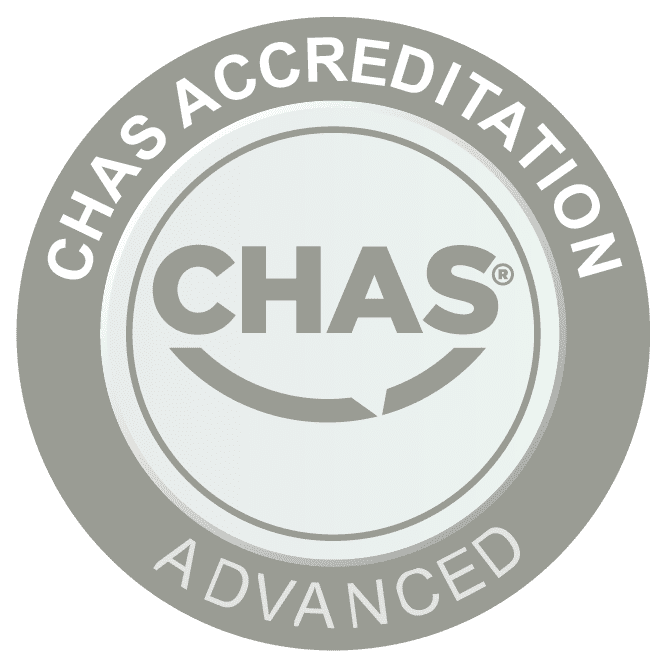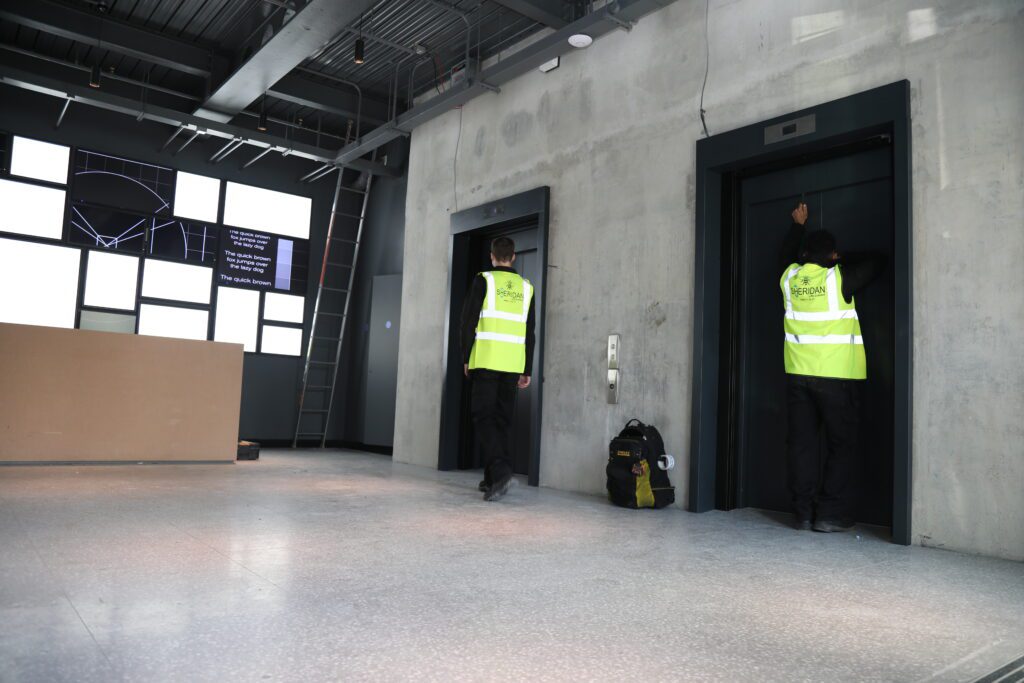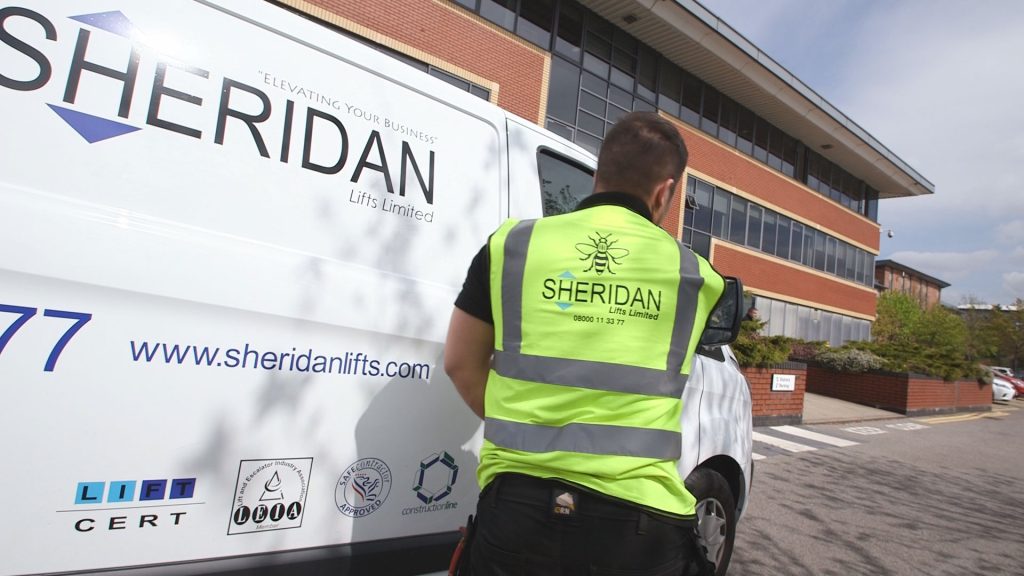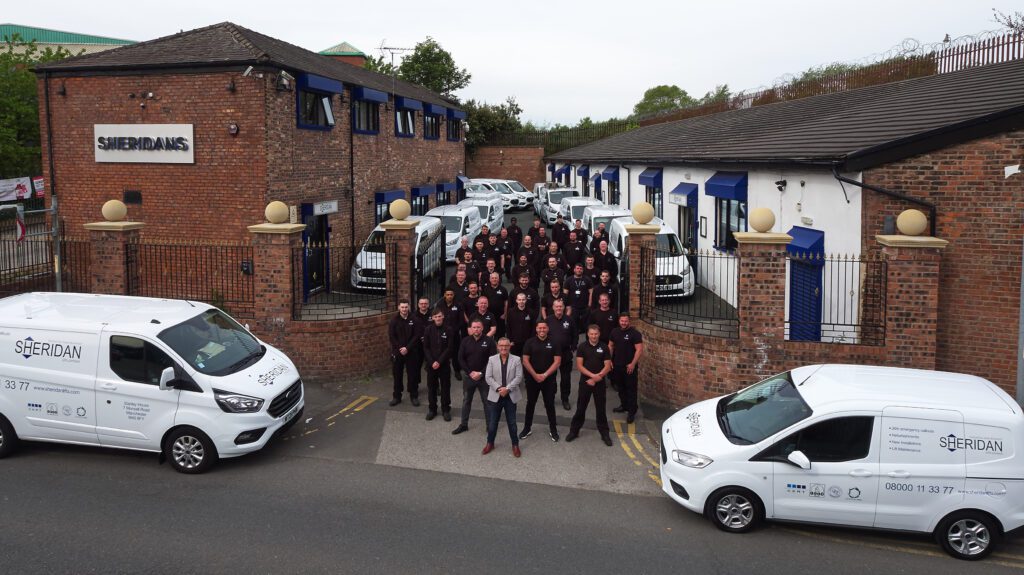The Royal Blackburn Teaching Hospital’s Acute Medical Unit (AMU) is one of the North West’s busiest Accident and Emergency Departments.
READ MORESheridan Lifts have been operating for over 40 years and provide all aspects of lift provision including service/callout, repairs, removals and refurbishments & lift installations.
From our Regional office in Watford, and our Head Office in Manchester, we operate in selective cities across the UK. The majority of engineers are based in and around Manchester, London, Sheffield, Liverpool & Birmingham/Midlands which means we can provide a reactive service to lift breakdowns for all our clients in these areas.
As a business, we install between 150-300 lifts a year and have done so for the past six years. This has seen our turnover increase steadily year on year, and has also resulted in us working with some major European outfits, large local authorities and housing associations. With our service portfolio unit count standing at approximately 4,500, this number is vastly increasing!
